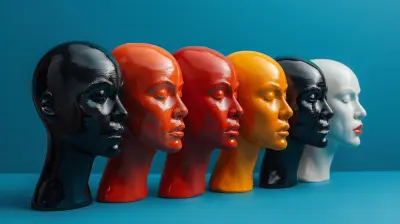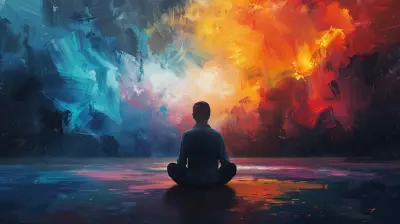The Role of Art and Creativity in Addiction Recovery
9 June 2025
Addiction recovery is a challenging journey, one filled with highs, lows, and moments of deep self-reflection. For many, breaking free from substance abuse isn't just about quitting a substance—it's about rediscovering oneself, finding new ways to cope, and rebuilding a life that feels meaningful. One powerful tool in this process? Art and creativity.
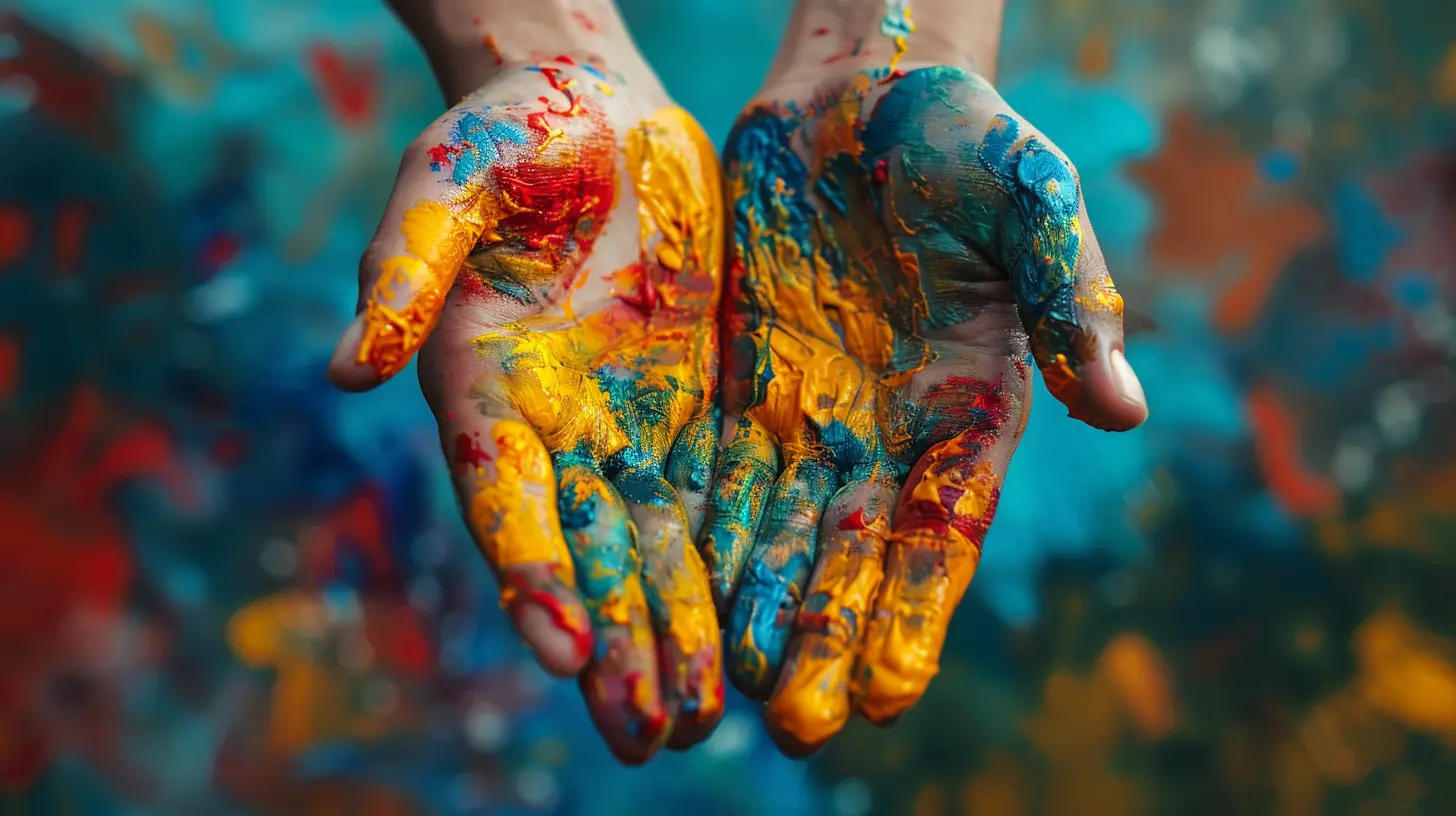
Why Creativity Matters in Recovery
Have you ever noticed how art has a way of expressing emotions words can’t quite capture? Whether it’s painting, writing, music, or dance, creative expression taps into something deep within us. It allows people to process emotions, confront past traumas, and essentially rewire their thought patterns.For those in addiction recovery, creativity provides a healthy outlet for emotions that might otherwise feel overwhelming. When words fail, a paintbrush or a melody can tell the story.
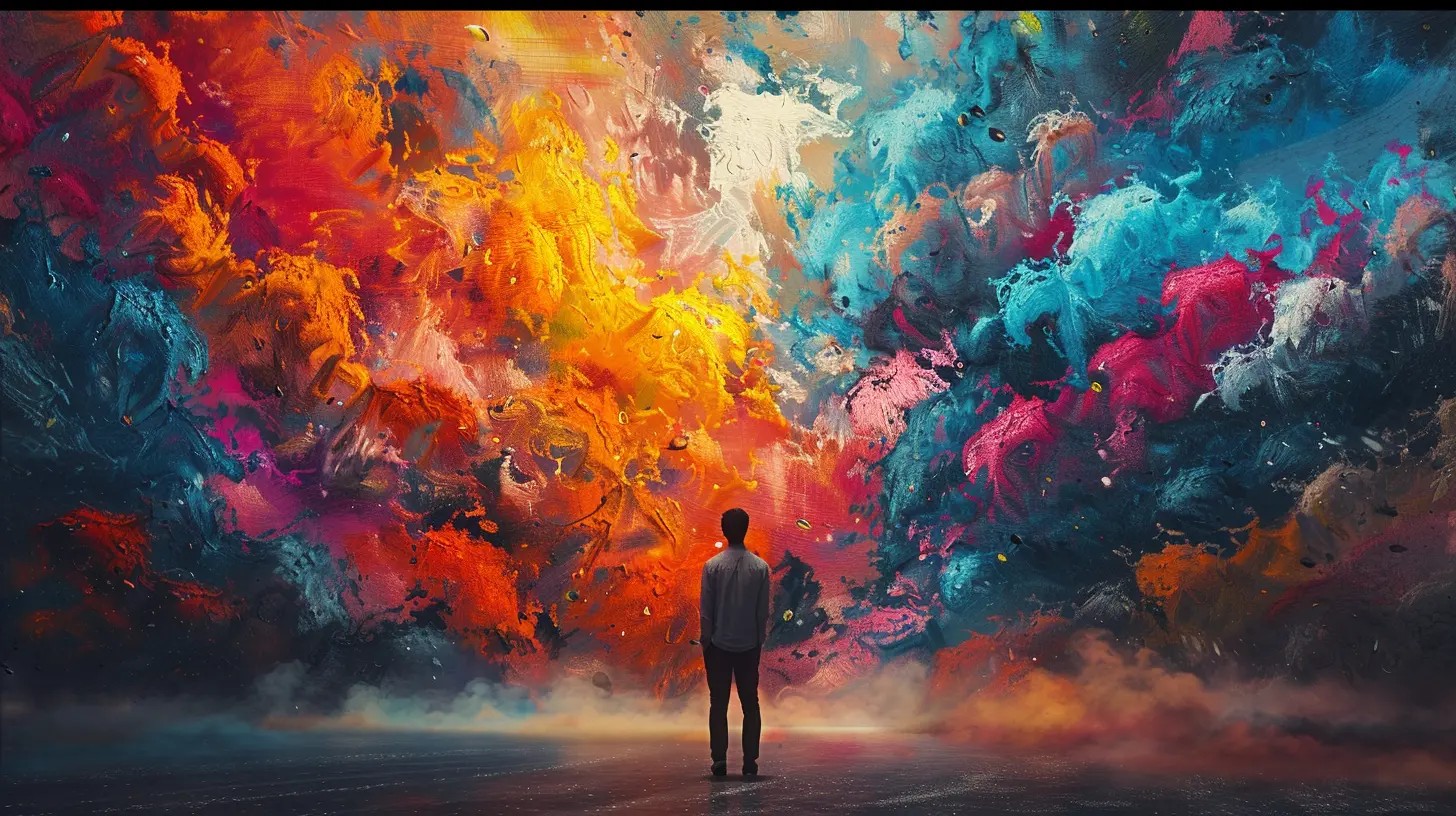
The Science Behind Creativity and Healing
Studies show that engaging in creative activities boosts dopamine levels—a neurotransmitter often depleted in people struggling with addiction. Drugs and alcohol artificially inflate dopamine, which is why they become so addictive. But creativity? It creates a natural high, a sustainable way to feel good without substances.Moreover, art therapy has been widely recognized by psychologists as a beneficial tool for mental health. It isn’t just about making beautiful things; it’s about reshaping the way the brain processes emotions and experiences.
How Art Affects the Brain
1. Reduces Stress – Creative activities like painting or playing an instrument lower stress hormones like cortisol.2. Enhances Emotional Regulation – Art provides a space to work through emotions safely.
3. Boosts Self-Esteem – Finishing a creative project gives a sense of accomplishment.
4. Encourages Mindfulness – Art requires focus, grounding people in the present moment.
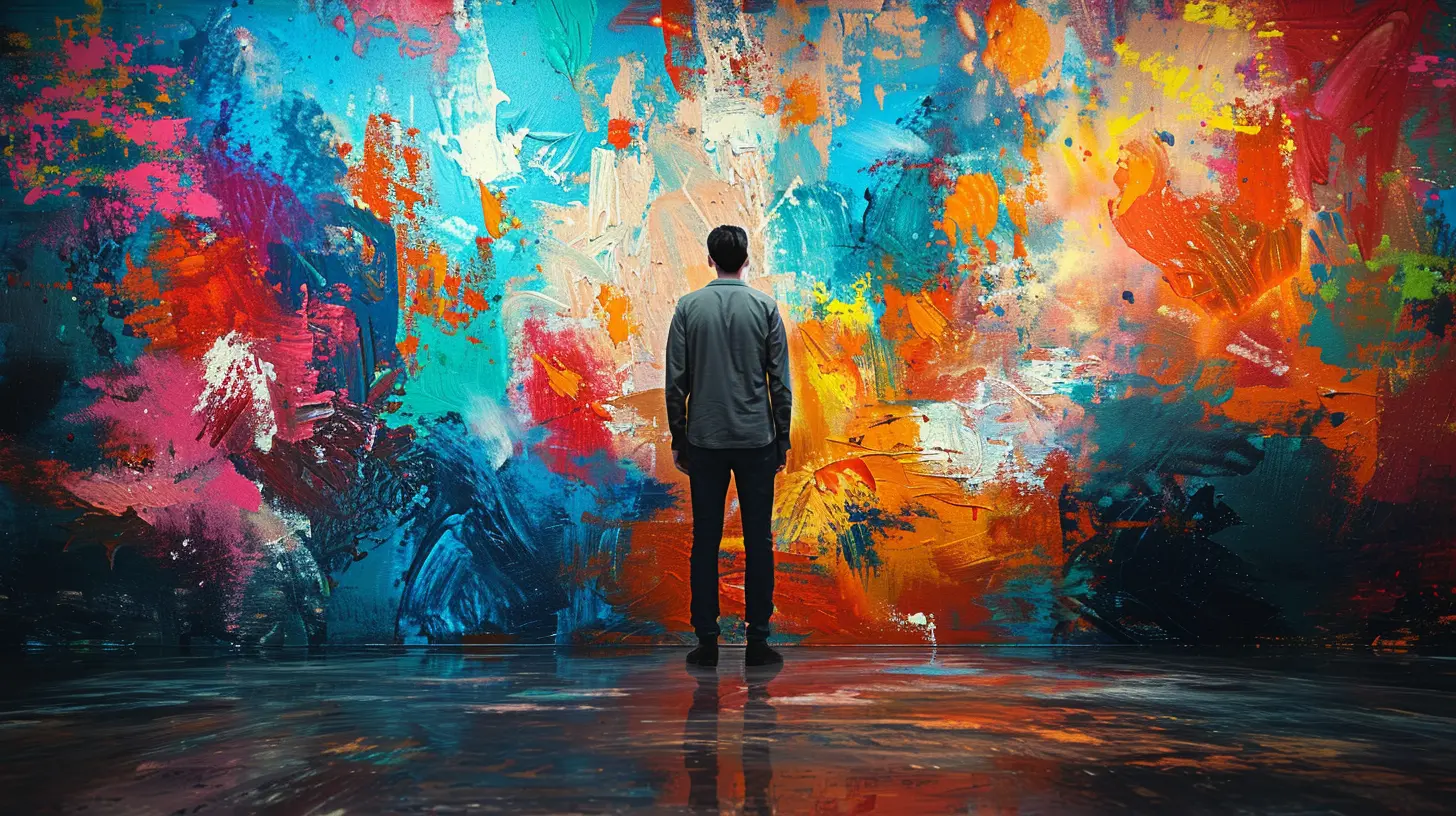
Different Forms of Creative Expression in Recovery
Not everyone resonates with the same artistic medium. The beauty of creativity is that there’s no one-size-fits-all approach. Let’s explore some forms of creative expression that have helped people on their recovery journeys.1. Painting and Drawing
When emotions feel tangled, painting or drawing can offer clarity. Colors, strokes, and shapes have a way of expressing feelings that words can’t. Plus, there's no right or wrong—just free-flowing expression.2. Writing and Journaling
Many people in recovery find solace in words. Whether it’s poetry, journaling, or storytelling, writing creates a safe space to reflect, process, and release emotions. It’s like having a conversation with yourself—without judgment.3. Music and Dance
Music has an undeniable power to heal. Playing an instrument, composing songs, or simply listening to music can be incredibly therapeutic. Similarly, dance allows individuals to connect with their bodies, release tension, and express emotions physically.4. Sculpture and Clay Work
Working with clay or sculpting offers a hands-on approach to healing. There’s something grounding about shaping something tangible with your hands—almost like molding a new version of yourself.5. Photography and Film
For those who love capturing moments, photography can serve as a reminder of progress. It encourages people to see beauty in the world and in themselves, one snapshot at a time.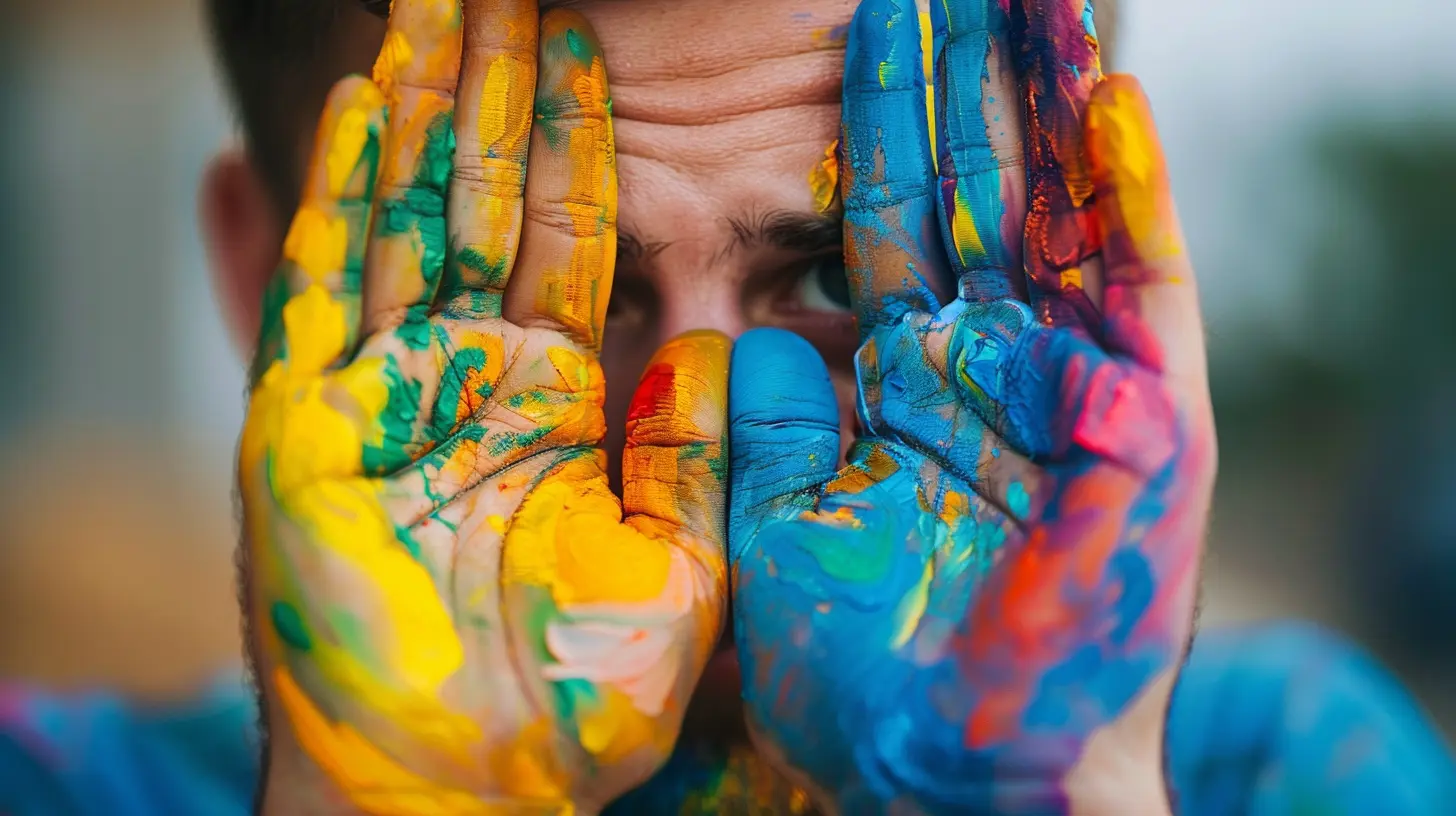
The Emotional Benefits of Creative Expression
Art isn’t just about creativity—it’s about transformation. Here’s how creative outlets support emotional healing during addiction recovery:1. Provides a Healthy Coping Mechanism
Instead of turning to substances when emotions become overwhelming, individuals can channel feelings into creative projects.2. Encourages Self-Discovery
Recovery is all about rediscovery. Who am I without addiction? What do I love? What matters to me? Art helps answer these questions.3. Helps Process Trauma
Many people struggling with addiction have past trauma. Expressive activities allow them to process these experiences in a non-verbal, less triggering way.4. Builds a Sense of Purpose
Having a creative practice gives individuals something to look forward to—something beyond addiction that feels fulfilling.5. Strengthens Connection with Others
Art has a way of bringing people together. Whether through group therapy, art classes, or music sessions, creative expression fosters connection—something deeply needed in recovery.How to Incorporate Art into Recovery
If you or a loved one are in recovery, incorporating creative activities doesn’t have to be complicated. Here are some easy ways to get started:- Join an art therapy group – Many rehab centers and community organizations offer creative therapy sessions.
- Keep a daily journal – Even just five minutes of writing a day can make a big difference.
- Experiment with different art forms – Not into painting? Try music, dance, or photography.
- Create without expectations – The goal isn’t perfection; it’s expression.
- Share your work – Whether privately or with a group, sharing art can be empowering.
Final Thoughts
Recovery is a deeply personal journey, and creativity offers a powerful way to navigate its complexities. Art isn’t just about making things—it’s about healing, discovering, and rebuilding. It’s about finding new ways to express pain, joy, and everything in between.So, if you’re on the road to recovery, consider picking up a paintbrush, a notebook, or an instrument. Who knows? You might just find that creativity becomes one of your greatest allies on this journey.
all images in this post were generated using AI tools
Category:
AddictionAuthor:

Gloria McVicar
Discussion
rate this article
2 comments
Wolf Heath
Who knew that battling addiction could be as colorful as an abstract painting? Turns out, swapping cocktails for canvases can be therapeutic. Let’s raise a brush to creativity—because sometimes, the best way to express ourselves is with a splash of paint!
June 11, 2025 at 2:59 AM

Gloria McVicar
Absolutely! Creativity offers a vibrant outlet for healing, turning struggles into beautiful expressions. Cheers to the transformative power of art in recovery!
Annette Ramos
This article beautifully highlights the transformative power of art in addiction recovery. Creative expression not only fosters healing but also builds connections with self and others. It's inspiring to see how art can serve as a beacon of hope, guiding individuals on their journey towards recovery and self-discovery. Thank you for sharing!
June 9, 2025 at 4:27 AM

Gloria McVicar
Thank you for your insightful comment! I'm glad you found the article inspiring and recognize the profound impact of art in the recovery journey.

